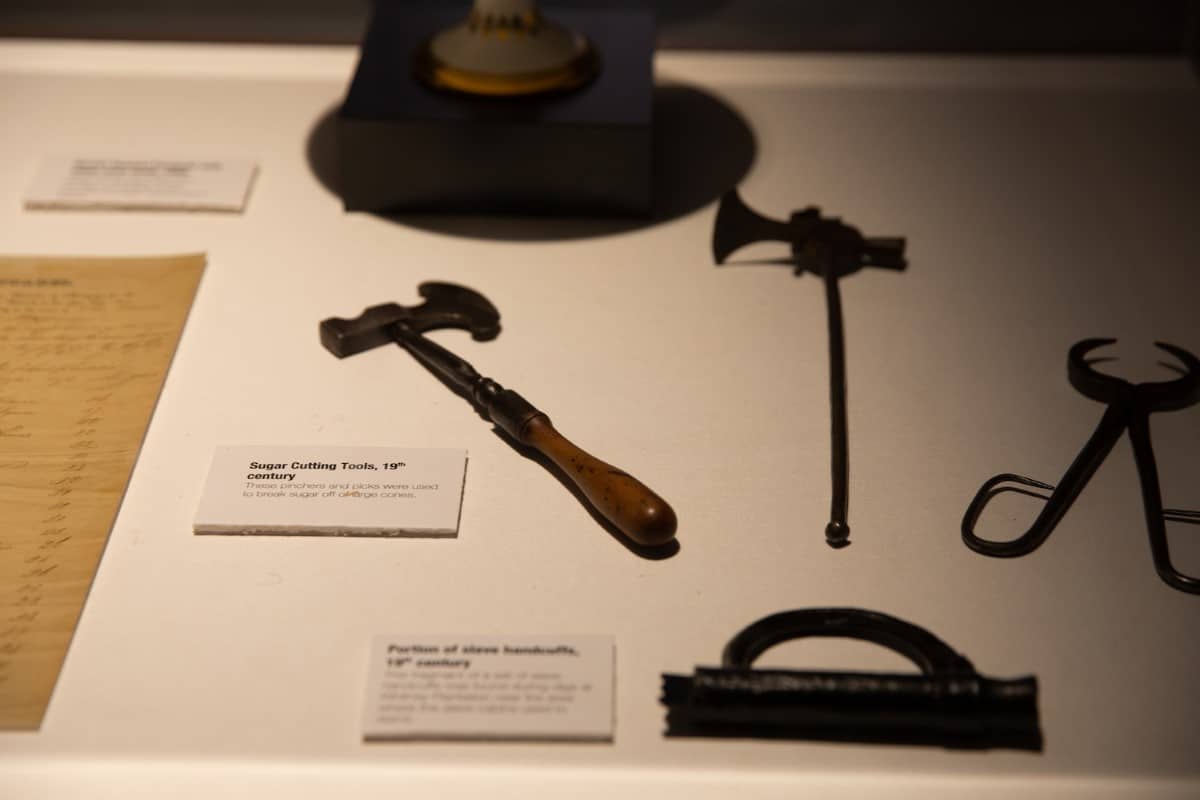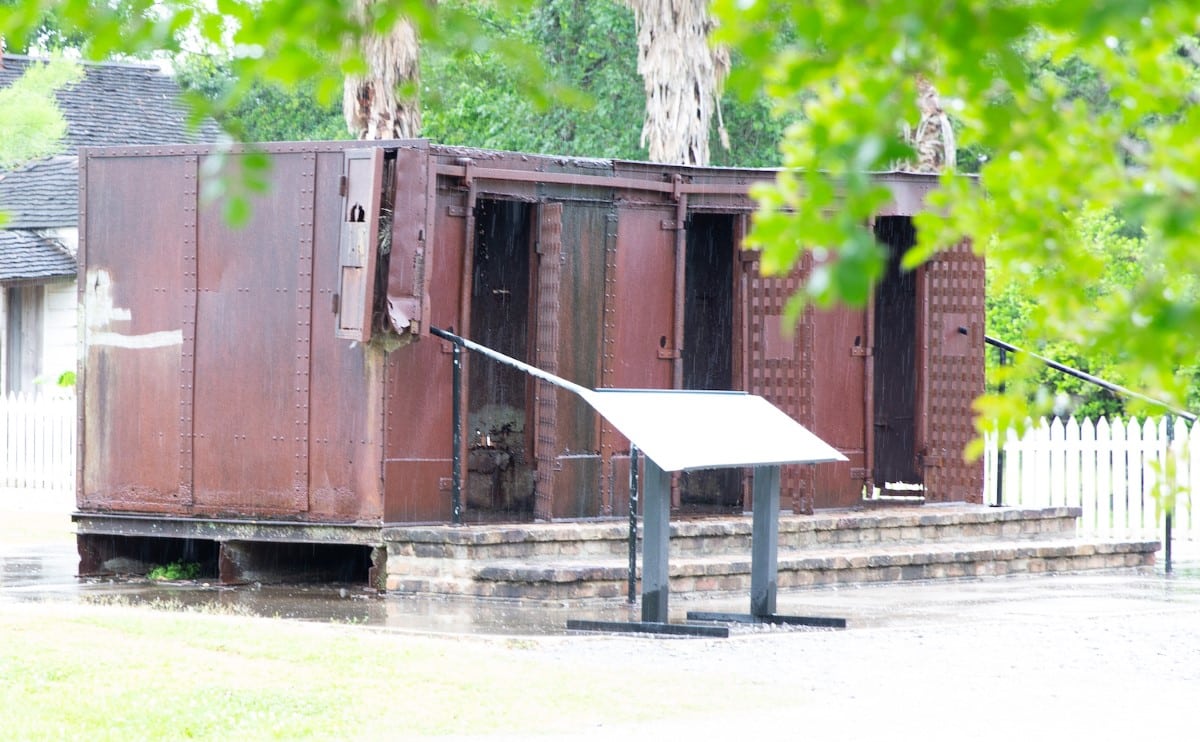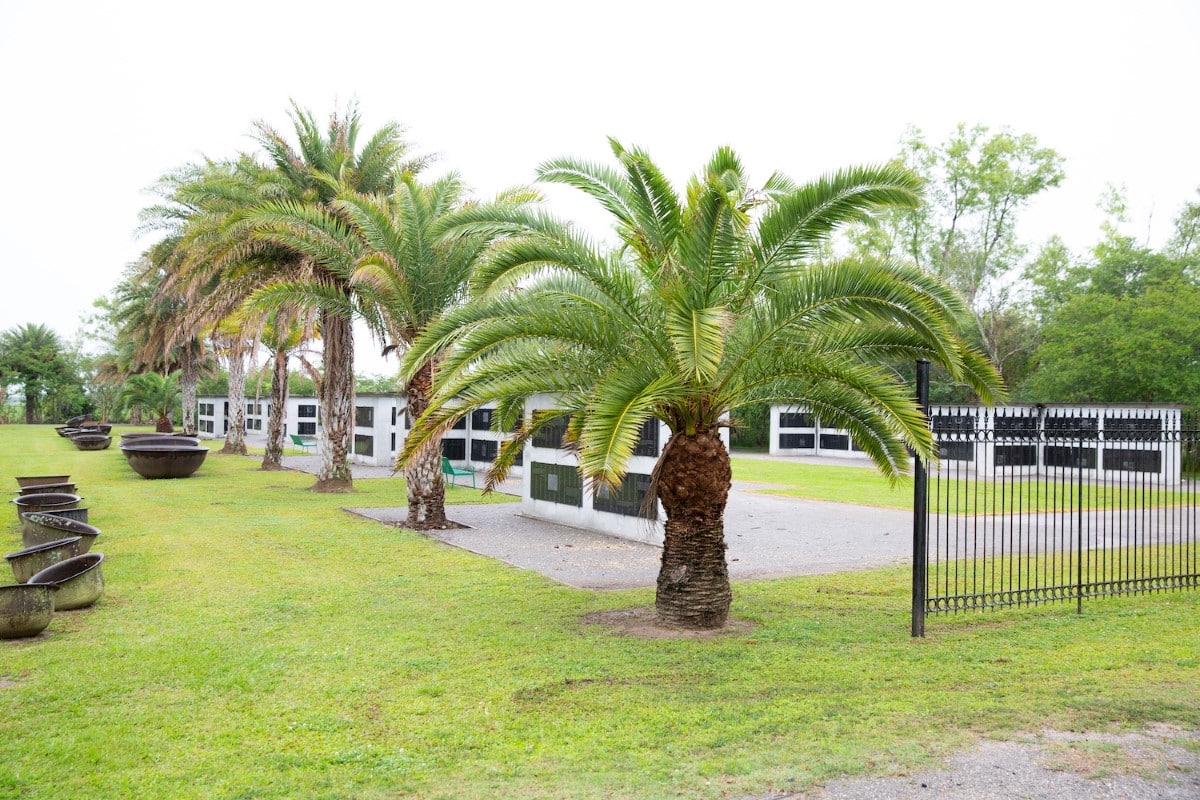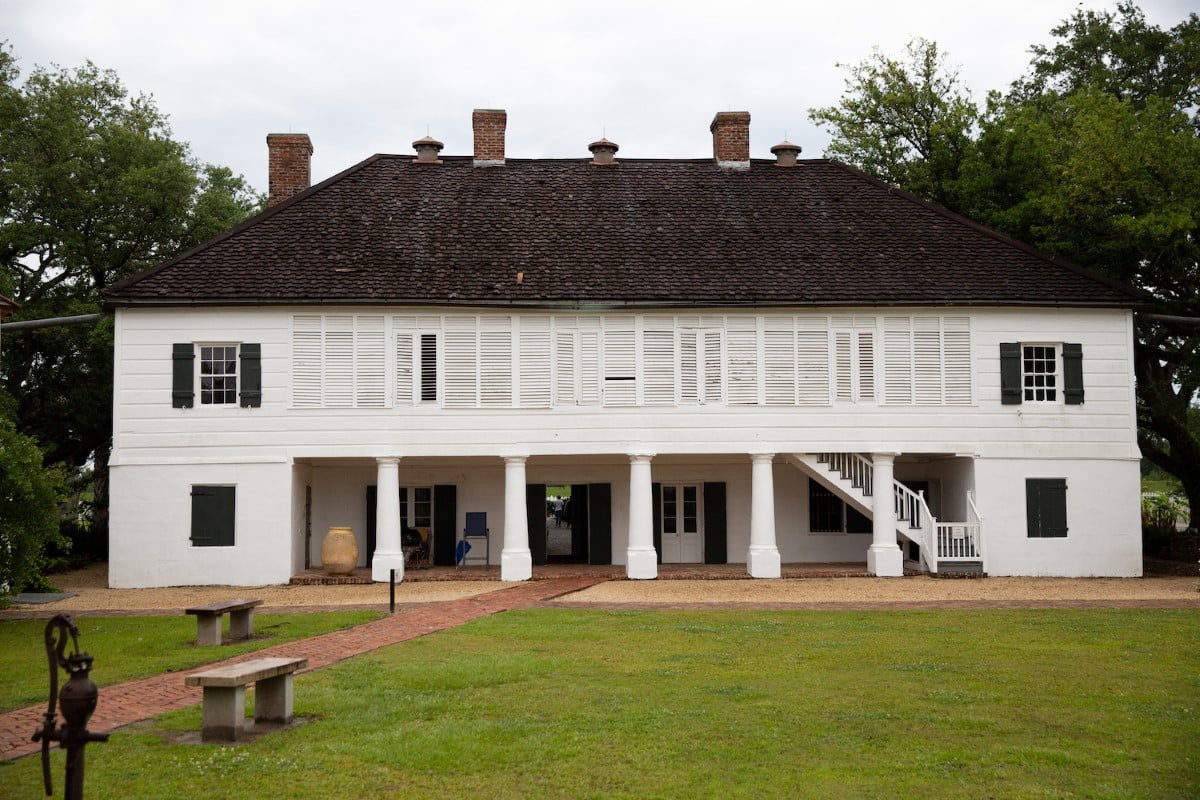
Slavery is a part of America’s history. It’s a painful part but an important part, as its aftershocks continue to affect people in the United States to this day. One man felt that it was so important that he committed 15 years and spent more than $8 million of his own money to create a museum dedicated to the topic. The Whitney Plantation, located about 35 miles outside of New Orleans, became the first American museum focused on the history of slavery when it opened in 2014.
Created and funded by trial attorney John Cummings, Whitney Plantation is markedly different than the numerous tourist plantations that dot the south. Here, slavery is not hidden away in the shadows but put out in the spotlight. Dr. Ibrahima Seck, a Senegalese scholar who specializes in the history of slavery, is the Whitney’s director of research and helps guide the didactic program. He has been by Cummings’ side for nearly the entire development of the museum, with the men working side by side to bring the site to life.
“As historians, we do the research and we write dissertations and we go to conferences, but very little of the knowledge gets out,” Seck told The New York Times in 2015. “That’s why a place like this is so important. Every day I think about how remarkable this is. One hundred and fifty years ago, I would not be able to do what I’m doing here now. I would have been a slave.”
For many years, neighbors were suspicious about what Cummings, who is white, was doing with the site. Later, when the Whitney Plantation’s mission became clear, many questioned why he was spending his fortune on the project. To the naysayers, Cummings would simply ask, “Don’t you think the story of slavery is important?”
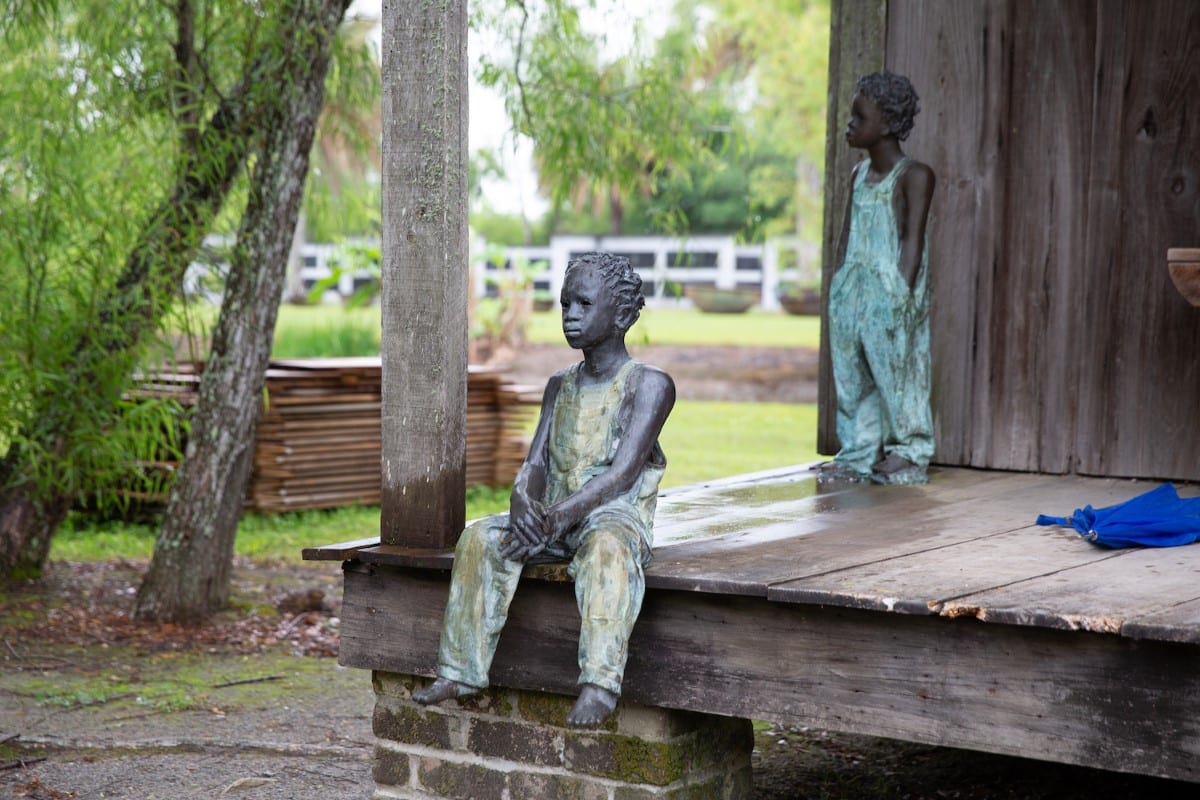
Across an astounding 200 acres, the Whitney Plantation answers that question with a definitive yes. For a little over 100 years, the Haydel family, which founded the site in 1752, were the owners of generations of African and African descendant slaves. While being guided through the meticulously restored historical houses on the property, visitors learn about their lives and experiences.
The grounds also include moving memorials to the 100,000 women, men, and children who were enslaved in Louisiana. Two permanent exhibits explain the complex intricacies of the slave trade and the economy that it was a part of, as well as the history of slavery in Louisiana. In certain structures, life-size sculptures of children, intended to represent those born into slavery, were commissioned by Cummings to give faces to the statistics.
While Cummings is no longer the owner of Whitney Plantation—he donated the lands and the contents of the museum to a non-profit in 2019—the legacy of what he and Seck created lives on. Through their desire to educate the public about this difficult topic, they are making sure that Americans never forget the country’s sordid history. And in doing so, there’s hope to make different choices in the future.
Located outside New Orleans, the Whitney Plantation is the first American museum about the history of slavery.
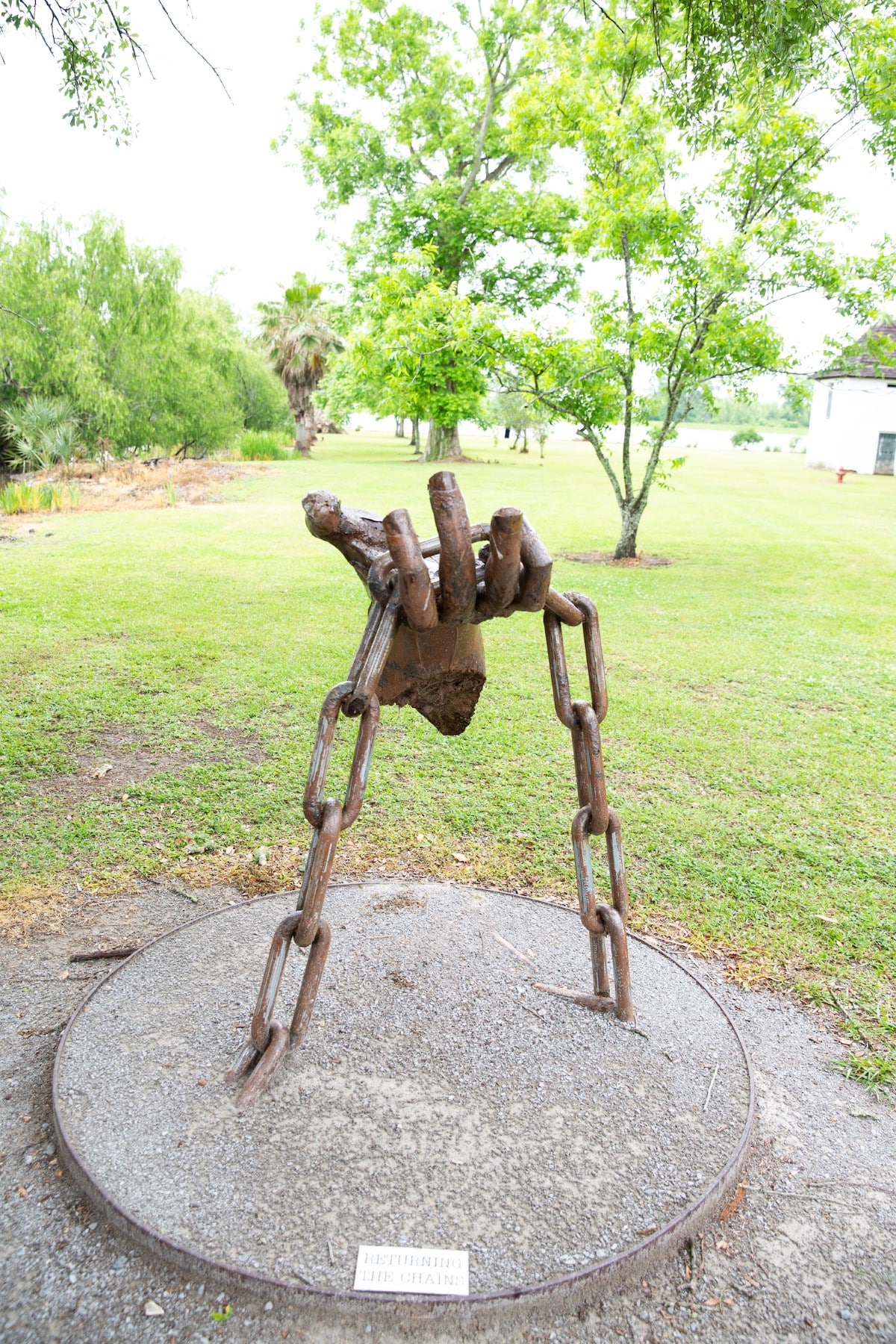
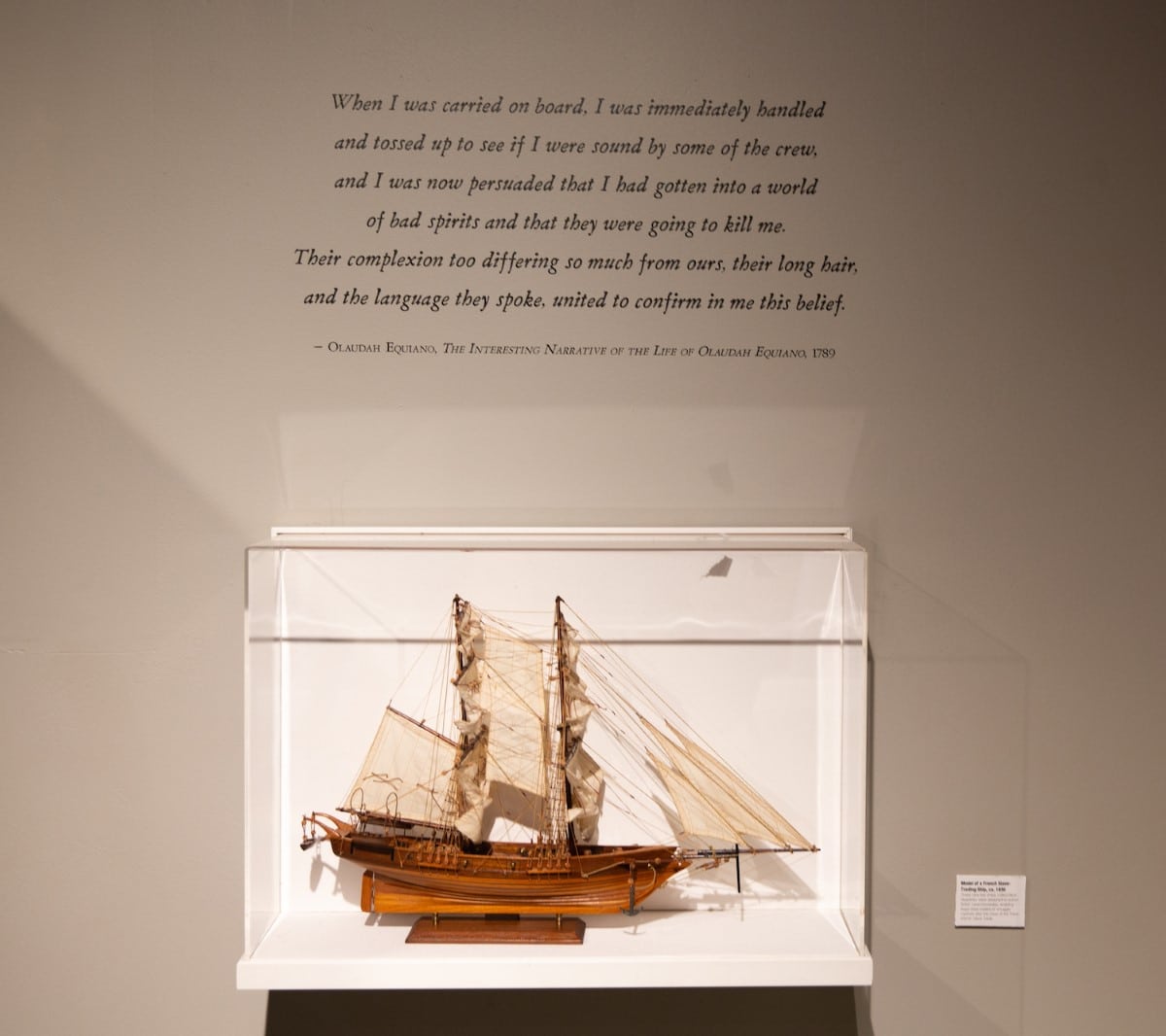

It was founded by a Louisiana trial lawyer, who spent 15 years—and his own fortune—getting the museum off the ground.
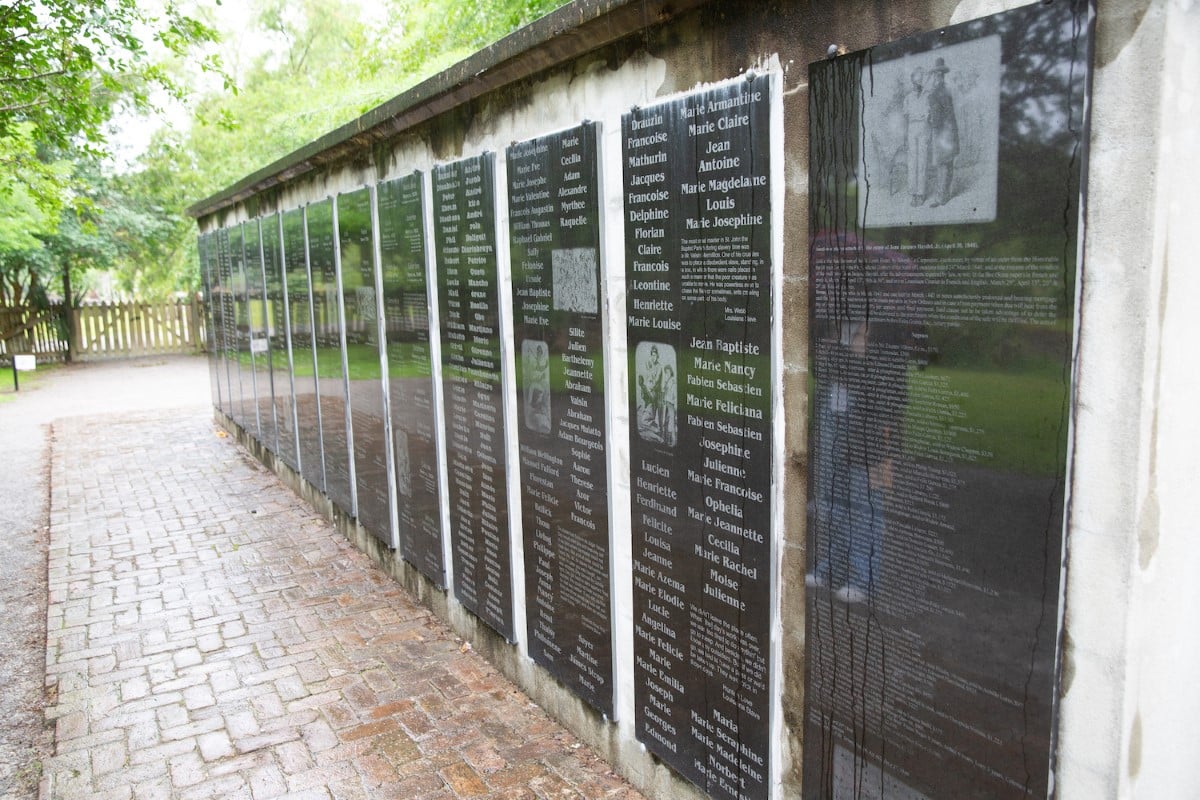
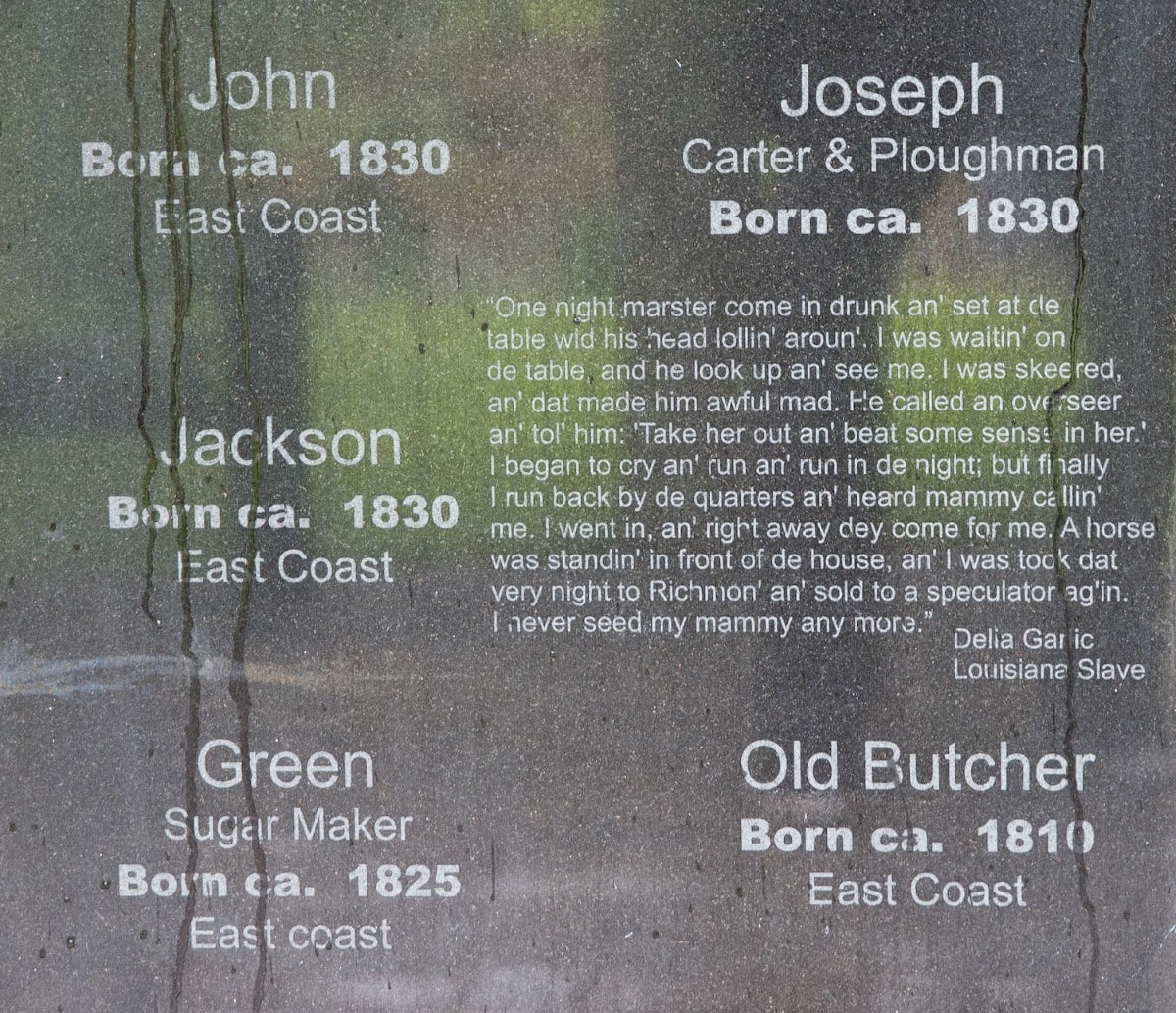
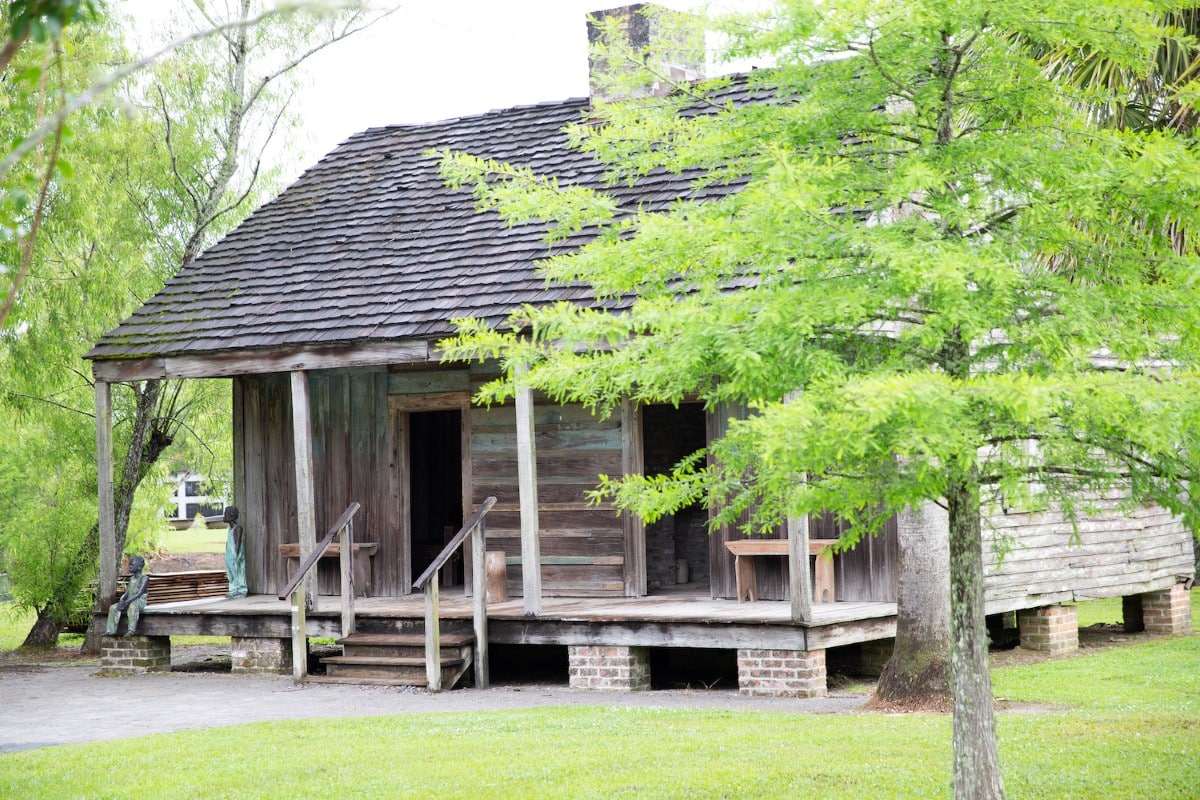

Through self-guided visits, chats with staff, and group tours, visitors are given an in-depth look into America’s tangled history with slavery.
